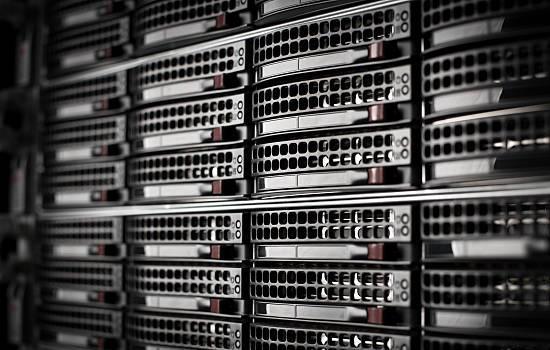Virtualising Your Servers: Benefits, Advantages and Savings

Server virtualisation has been a viable IT strategy for some time. Virtualisation has its origins as a technical concept in the 1960s, but it is more recently that the virtualisation of servers has become commonplace, and it is a matter of priority for many IT managers: the 2017 Spiceworks State of IT survey suggests virtualisation is at the top of the list for software investment. The reason for this is simple: by making use of virtual server hosting UK companies are saving on expenditure and seeing the implementation and management of software applications becoming much more flexible.
Explaining server virtualisation

A combination of hardware and software technologies enable server virtualisation. On the hardware layer, CPUs are equipped with virtualisation technology such as Intel’s VT-x that allows a processor to act as if it is several independent computers. On top of that is a software layer, such as the virtualisation OS range offered by VMWare, or a server or desktop operating system that is enabled for virtualisation – as most of Microsoft’s latest server and desktop operating systems are.
With both of these aspects in place, users are able to run multiple operating systems on one physical computer. The virtualisation layer manages hardware resources to defaults or user specifications so that a single physical computer can host a large number of operating systems, each acting as a fully functional computer in their own right - as long as these operating systems do not all request resources at the same time.
Financial benefits of server virtualisation

It is obvious where one of the main benefits of virtualisation lies: several physical computers that idle much of the time while consuming power and maintenance resources can be replaced with a single, more powerful computer that is used optimally. The implications are significant when it comes to large data centres, dramatically reducing the physical footprint of technology equipment. Savings with respect to energy consumption, real estate requirements and expenditure on hardware equipment can be game-changing.
By making use of a virtual server UK companies are seeing tremendous benefits coming into play, especially when it comes to flexibility. An operating system in a virtual environment is easily transportable – in simple terms, an entire functioning computer can be moved across continents by simply copying the files containing the operating system from one virtual environment to another. Upgrading is equally simple. In removing restrictions imposed by physical equipment, IT staff can plan in a far more flexible and cost-effective manner.
Important other benefits

In the past, it would be common to try and concentrate as many applications as practical on a single server to make sure that the machine is fully utilised. This can lead to all sorts of issues: a problem with a single application can bring down a range of other crucial applications while transporting a single application to a different machine can be almost impossible.
Once the restriction of one operating system per physical computer is removed, IT managers can work on a single application, single operating system basis. This makes it impossible for a misbehaving application to crash other applications, as the most damage one application can do is limited to the operating system it resides in. Moving an application to a different machine is easy, while upgrades requiring restarts won’t affect any of the other applications on the physical machine.
The benefits of virtualisation extend to security breaches too: a compromised application is less likely to affect other applications on the machine if applications are contained in separate operating systems. If storage resources are managed correctly virtualisation can also be a good way to quarantine data so that a breach does not involve immediate access to all data storage – which could be the case if a lot of applications are hosted in one operating system.
Where to start with server virtualisation?

If you have not already done so, change the way you think about servers – forget the principle of one physical computer, one operating system. Instead, think in terms of machines as computing resources and operating systems as containers for applications – any number of these containers can run on a single physical machine.
In practical terms, you can test the concept by installing a different operating system in a virtual desktop environment on your desktop PC. Installing Linux inside a VirtualBox (free) container is a cinch. Or, take a disused server and install the free edition of VMware vSphere Hypervisor to experiment with hosting a number of live operating systems on a single server. You could also opt to trial moving a non-critical application running on an existing physical server to a cloud-based, virtual server.
Experimenting with virtualisation in this way will illustrate to you the flexibility on offer, including the rather incredible ease with which operating systems can be manipulated if they are hosted in a virtual environment. Making this conceptual shift will help you to take advantage of the many cost and other benefits of virtualisation.
Related Posts
By accepting you will be accessing a service provided by a third-party external to https://www.htl.london/